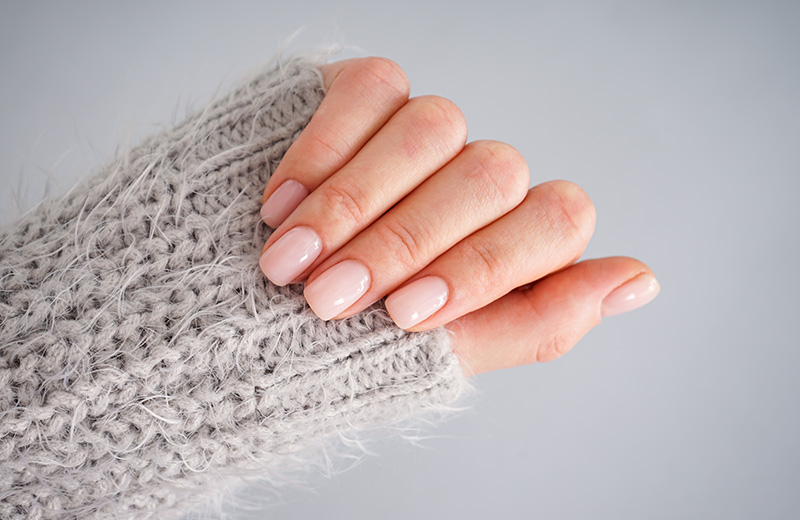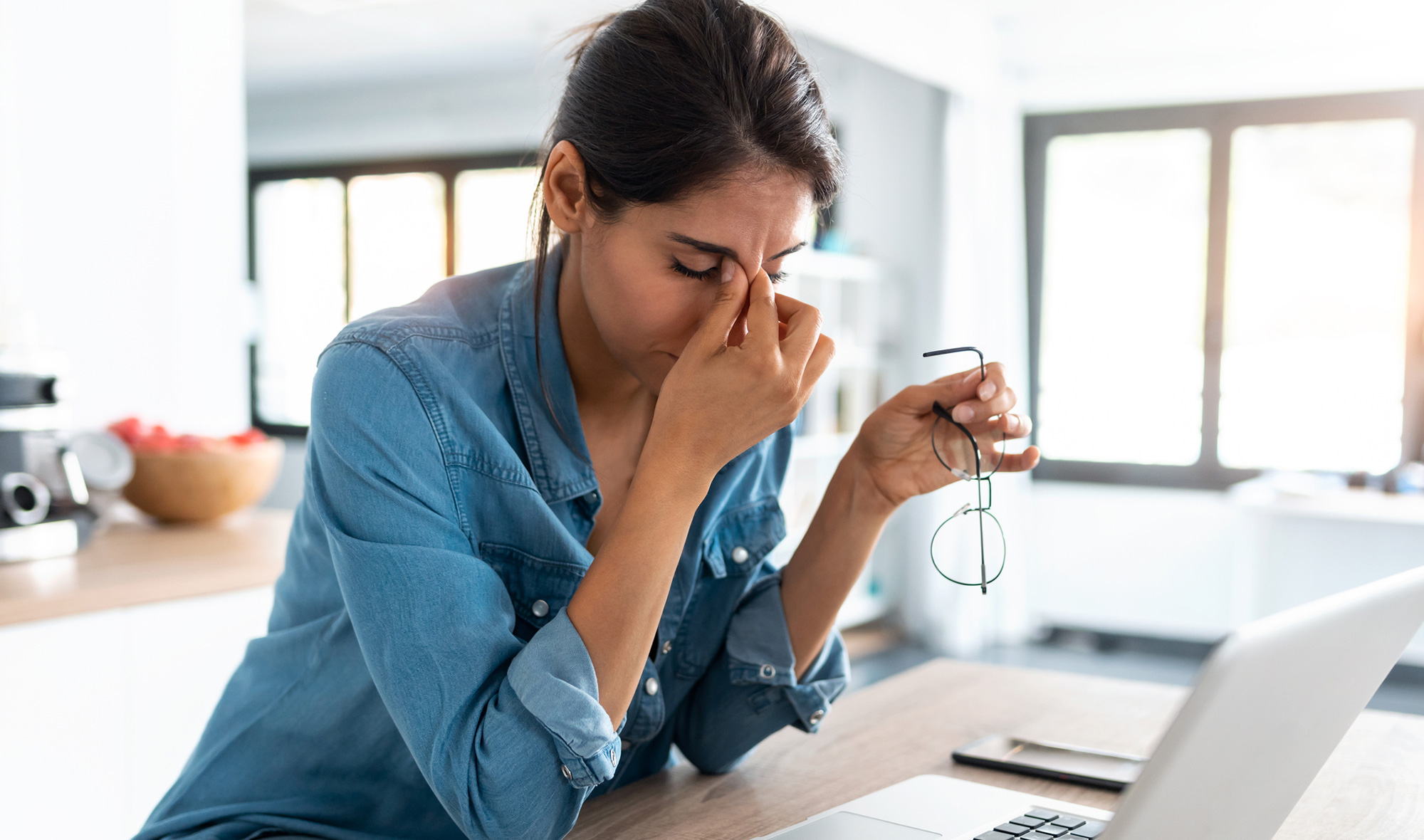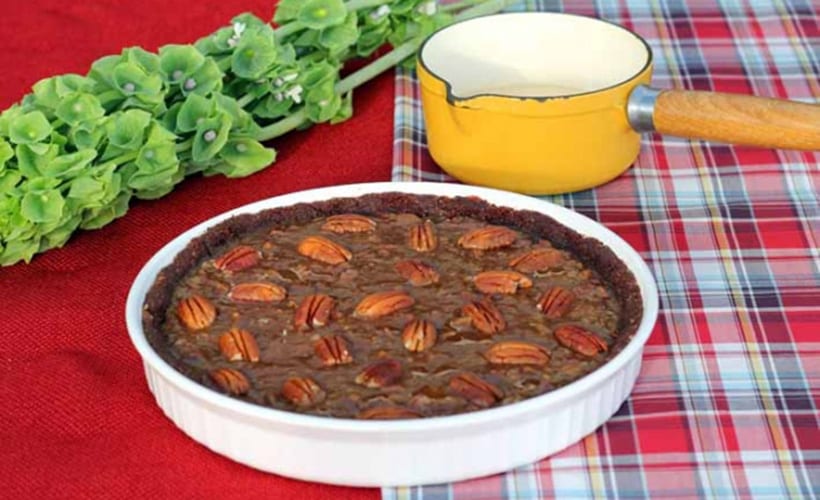Most women are familiar with that noxious and heady smell as you open a bottle of nail polish. The anticipation of painting the fashion town red with the latest hot nail hue is intoxicating. While the latest on-trend ‘Smoky Seduction’ or the like may raise us up the fashion ladder, the toxic smells should in fact, raise concern. When it comes to beauty products, few things are so obviously more full of chemicals than conventional nail polish and remover. So can a girl go natural when it comes to nails, or have we forever been seduced by conventional chemical polish?
Firstly, there is no nail polish that is totally natural. ‘Natural’ is an ambiguous and overused (sometimes abused) term when it comes to nail polish. Truly chemical-free nail polishes used in ancient times required long overnight drying times and produced low-to-no-gloss finishes. In order to be practical, current formulations require the use of synthetic polymers or resins and these synthetic ingredients have their pitfalls…and dangers. On the other (gorgeously manicured) hand, it is possible to find a balance between natural nail polish and hues that suit you, your style and your ethics.
How do the harmful chemicals affect our body?
Between the nail, cuticle and the surrounding skin, it’s inevitable that what goes on your nails is absorbed through your bloodstream. Most chemicals that you inhale will be absorbed into your bloodstream, processed by your liver and expelled from your system (via your colon, urine, or sweat). Noxious chemicals like the ones found in solvent-based nail polish can therefore place an increased burden on your liver. The more chemicals you are exposed to, the harder it is for your liver to function efficiently. Overwhelmed livers can set the stage for a variety of health problems.
Some ingredient info to brush up on before your next manicure…
Ten-Free: The best thing to look for in nail polish is one that is “Ten-Free,” meaning free of; Formaldehyde, Dibutyl Phthalate (DBP), Toluene, Formaldehyde Resin, Camphor, Ethyl Tosylamide, Xylene, Parabens, Animal by-products, and Fragrance. Let’s have a look at some of the main ingredients we should be most concerned about and steer clear of…
Formaldehyde: This colorless and strong-smelling gas is not only used in embalming (warning bells anyone?), it can also be found in countless common household items, including glue, plywood, adhesives along with being a hardener and preservative in nail polish. It’s a proven carcinogen. In fact, as of June 2011, the U.S. Department of Health and Human Services updated its National Toxicology Program Report on Carcinogens to state that formaldehyde is “known to be a human carcinogen,” replacing the previous “reasonably anticipated to be a human carcinogen.”
Dibutyl phthalate (aka DBP): A plasticiser that reduces brittleness and cracking, improving the lasting power of nail polish. It’s linked to cancer in lab animals, as well as suspected of developmental and fertility concerns in humans, so it’s especially dangerous for pregnant women. Phthalates also improve absorption of topical ingredients into the skin (this is a negative quality when used in formulas that contain other chemical ingredients).
Toluene: A petroleum-based organic solvent that is toxic and has been linked to cancer. Along with giving polish it’s smooth texture, it helps suspend paint throughout the bottle – which means you don’t have to shake it up very often. Research shows that chronic and extensive exposure to this solvent can affect the central nervous system, cause headaches, dizziness and fatigue as well as possibly act as a reproductive and developmental toxin. Polish may separate quicker when it’s toluene-free, so every few weeks you might have to put some muscle into it and shake things up a bit… Easy sacrifice!
Acetone: A highly flammable solvent with an eye-watering aroma.
Nail polish remover has been traditionally formulated using acetone or ethyl acetate solvent. These ingredients are harsh and drying to skin and generate a lot of fumes, which can irritate the eyes, lungs and skin. Look for safer removers that are acetone-free and contain less irritating solvents eg. ethyl lactate (which comes from corn), methyl soyate (from soybean oil), and d-limonene (from oranges). All of these materials are capable of removing polish, although you’ll have to put a few more rubs into it than with acetone-based versions.
Benzophenones: A UV blocker that prevents color fading.
Many companies use benzophenones in an attempt to shield ultraviolet light from degrading polish colour for as long as possible. The problem is that there are studies showing that it exhibits estrogen-like effects and is a carcinogen when used in large quantities.
Even if you take out the ingredients that have been shown to be harmful, nail formulations are typically still chemical-based. Be wary of a company claiming that their polish is ‘natural’ and read the label closely to see what backs up their claim. If you’re looking for safer nail polish option to act as a better alternative to your regular brand, the following brands are a good start:
Kester Black: 10-free vegan nail polish that uses natural ingredients wherever they can. That means everything from water-based removers to breathable nail polish infused with certified organic ingredients like avocado oil and kefir. The company has sustainability at its heart, and was founded by a Kiwi lady, so there’s a buy-local angle too!
Hanamai: A 10-free, vegan, breathable and water permeable formula. Cruelty-free and PETA certified. Created in Australia by a Naturopath, you can be sure that you are getting a product with your greater good in mind.
Butter London: Well-known for their high fashion shades, they’re one of the original and most identifiable “natural:” nail polish brands.
Sante: A professional long-lasting nail polish enamel that gives the nails rich color and instant shine. The nail polishes are also ‘chip resistant’, and free of dibutyl phthalate, formaldehyde, toluene, colophony, synthetic preservatives, synthetic fragrances, and highly-refined colorants.
May pretty nails abound…in a safer, less toxic fashion!

















Community